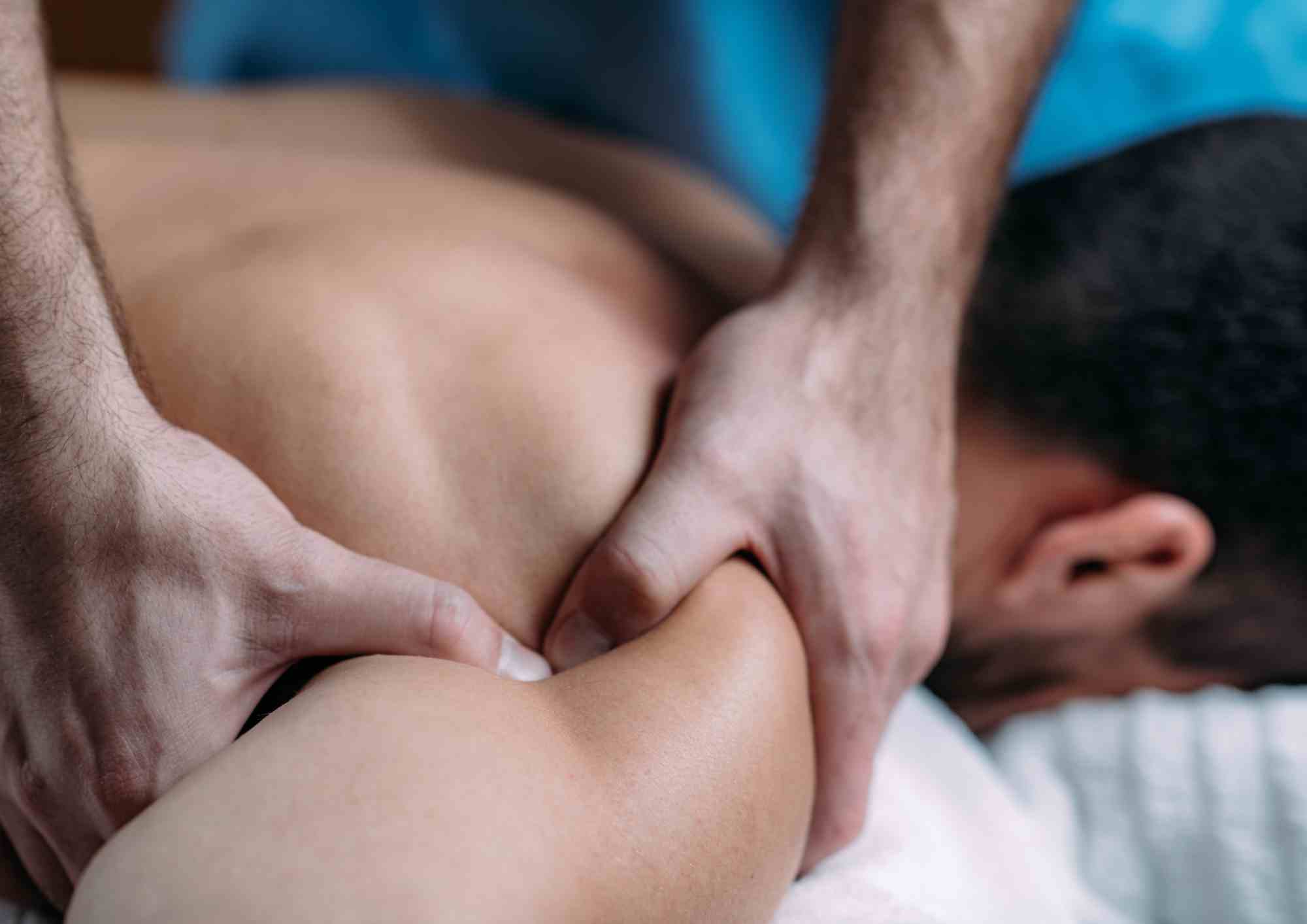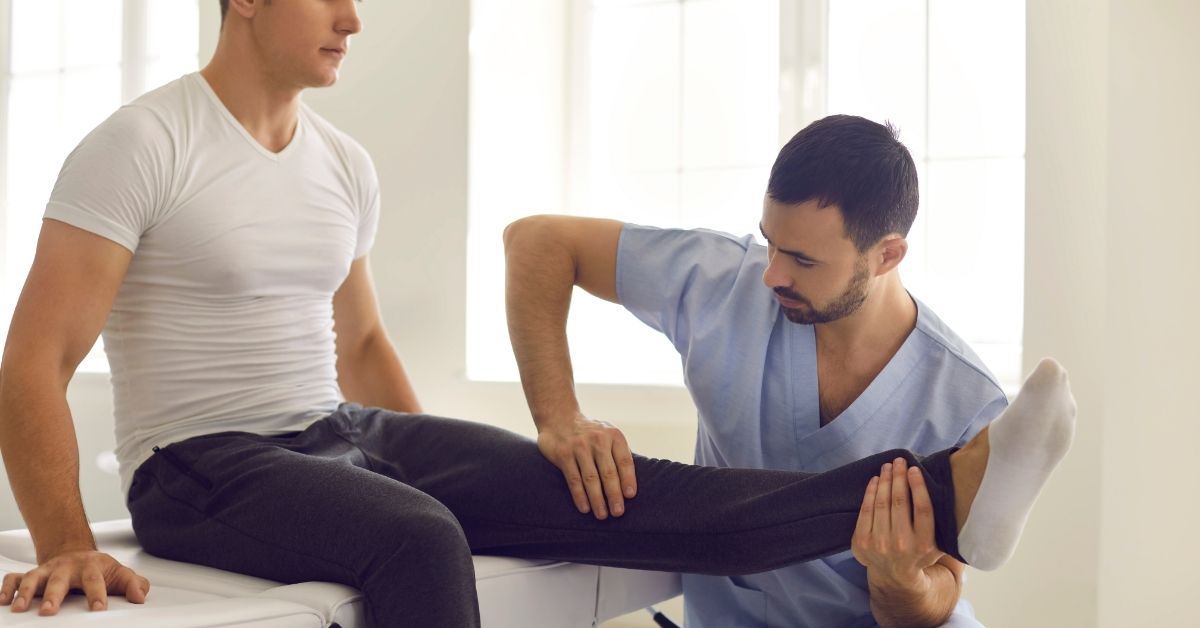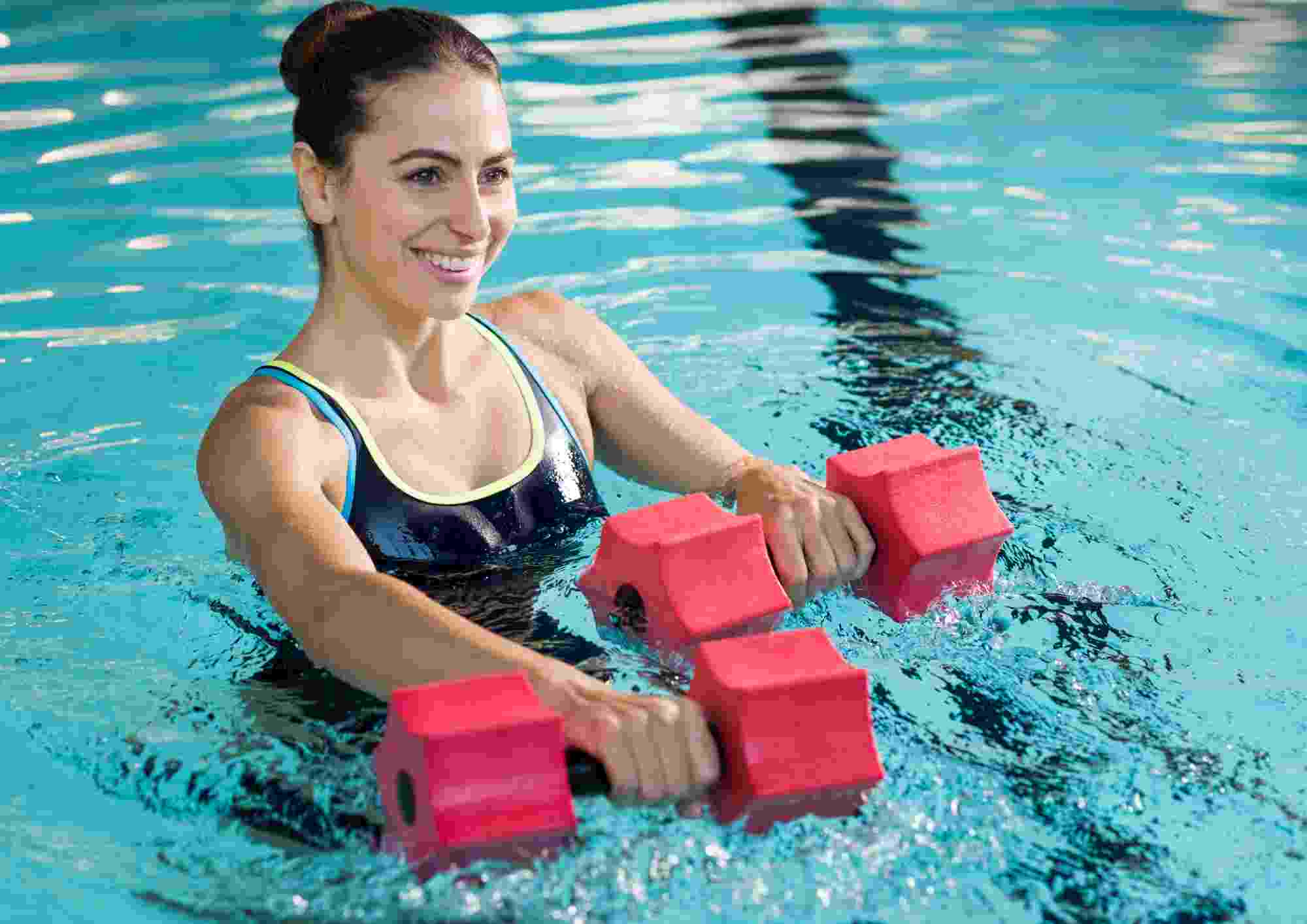

What is sports injury?
The term “sports injury” refers to injuries that frequently occur during sports or exercise activities and can be broadly classified into two main types: acute and chronic. Acute injuries happen suddenly, often due to a fall, impact, or sudden twisting of a joint, and include conditions such as sprains, where ligaments are torn, and dislocations, where joints are displaced. In contrast, chronic injuries develop gradually over time, typically as a result of repetitive overuse of a specific area of the body. Common examples of chronic injuries are shin splints, which cause pain along the shinbone, and stress fractures, which are tiny cracks in bones caused by repetitive stress. Understanding the nature and classification of sports injuries is crucial for implementing effective treatment and prevention strategies for active individuals. For those experiencing sports-related injuries, seeking assistance from a sports injury clinic is advisable.
Causes of sports injuries
Lack of Conditioning and Poor Training
The risk of sports injuries increases significantly if you do not maintain proper conditioning or adequately prepare your body for physical activity. A lack of conditioning can lead to muscle imbalances and generally weakens your muscles, bones, tendons, and ligaments. When examining the causes of sports injuries, poor training methods are often a common factor. To prevent imbalances, ensure that all muscle groups are exercised equally. Additionally, training at full intensity all the time can lead to wear and tear on your muscles and ligaments, so it’s crucial to vary the intensity of your workouts.
Incorporating regular stretching and effective warm-ups is essential for gradually preparing your body for increased intensity and movement. Equally important is allowing your body time to rest. Taking breaks not only helps athletes overcome training plateaus but also reduces the risk of overuse injuries.
Overtraining and Injury Prevention
Overtraining poses a significant risk of injury, underscoring the importance of regular and effective rehabilitation to allow adequate recovery time for the body. Rushing back from a previous injury also heightens the risk of reinjury.
When recovering from an injury, it’s crucial to incrementally increase training intensity in collaboration with coaching staff to rebuild strength in the affected area. This gradual approach helps mitigate the chances of further injury and supports a safer return to full activity levels.
Unavoidable Factors in Sports Injuries
Occasionally, sports injuries are simply unavoidable, stemming from accidents, heavy impacts, or even unpredictable occurrences of bad luck. Moreover, changes in playing surfaces can increase susceptibility to injury, as can the use of low-quality equipment or dehydration exacerbated by extreme climate conditions. These factors highlight the unpredictable nature of sports injuries, despite precautions taken to mitigate risks through proper training and conditioning.
Tips for preventing sports injuries
1. Wear Protective Gear
Protective gear includes any equipment that helps prevent injuries. The type of gear you need depends on your sport.
Helmets are the most common form of protection. They safeguard your head in sports like football, hockey, baseball, softball, biking, skateboarding, and inline skating.
Ensure you’re wearing the correct helmet for your sport. For example, don’t use a baseball batting helmet for football. Your helmet should fit snugly and comfortably. If it has a strap, like a bike helmet, make sure it’s fastened to keep the helmet in place when you need it.
Other sports require additional protection such as eye guards, mouthguards, pads, wrist guards, elbow guards, knee guards, and protective cups for boys. Also, don’t forget your feet; cleats with rubber or plastic points are worn in football, baseball, softball, and soccer to improve traction.
Consult with your parents or coach to determine the necessary gear, and always wear it during practice and games.
2. Warm Up
You’ve probably heard about the importance of ‘cold muscles’ vs ‘warm muscles’ for performance and injury prevention. Cold muscles, or muscles that haven’t been properly warmed up, are more prone to injury because they’re tight and less flexible. Tight muscles can lead to injuries like pulled hamstrings, groin strains, and Achilles tendon injuries. That’s why a proper warm-up is crucial before playing any sport, especially if you haven’t played in a while.
A good warm-up not only loosens your muscles but also raises your heart rate and body temperature, enhancing your athletic performance. It should last at least 10 minutes and include both light aerobic activities (like jumping jacks) and dynamic stretching exercises (like leg swings).
Cooling down after sports is equally important. It helps your body gradually return to its normal state and prevents blood from pooling in your extremities, which can cause lightheadedness and dizziness. A proper cool-down should last at least 5 minutes and include static stretching exercises (like quad stretches) and light aerobic activities (like walking).
Regular stretching throughout the day can also help prevent sports injuries by keeping your muscles loose and flexible. Simple stretches can be done during downtime, like when you wake up in the morning or before bed at night.
3. Know the Rules of the Game
When players understand the rules, they know what to expect from each other. For instance, in soccer, you can’t tackle from behind to steal the ball; it’s safer to aim for the ball instead of the player.
In sports with specific plays, understanding your role can help keep you out of danger.
4. Watch Out for Others
Some rules focus on safety and courtesy rather than scoring. For example, in baseball, a batter should drop the bat after hitting the ball to avoid hitting anyone. Similarly, a diver should check the pool before diving to ensure it’s clear.
Communicate on the field to avoid collisions. For instance, a baseball outfielder might shout “I got it” to signal to teammates. Listening to your coach and being considerate, like pointing out untied shoelaces, also enhances safety.
5. Keep Your Body in Shape
For many fall athletes, the start of the season means returning after a long break from their sport. If you’ve taken several months off, it’s crucial to ease back into your routine to avoid overstressing your body and increasing the risk of injury.
Gradually reintroducing physical activity into your schedule a few weeks before the season begins can help your body adapt to the demands of your sport and prevent injuries once you start playing again.
Maintaining a balanced workout routine is also essential. Strength training for both the lower and upper body should be part of every athlete’s regimen. Strengthening the muscles around your joints helps prevent common injuries such as knee and shoulder injuries.
6. Use Proper Technique
Using proper technique in any sport is vital for injury prevention. Correct movements reduce the stress on your joints and muscles, helping you avoid overuse injuries.
For example, in football, proper tackling techniques can prevent shoulder injuries. In basketball, proper shooting techniques can help avoid wrist and elbow injuries. If you’re unsure about the correct technique for your sport, consult your coach or a sports medicine specialist. They can provide the proper training to help you avoid injuries.
7. Rest When You Need or Injured,
Listening to your body and taking breaks when experiencing pain or soreness is critical for any athlete. Playing through pain can lead to more severe injuries or worsen existing ones. Untreated overuse injuries can result in long-term problems that might require surgery.
If you’re injured, seek medical care promptly. A sports injury doctor can assess your injury and create a treatment plan to help you recover and return to playing as soon as possible.
Breaks are also essential for preventing mental burnout, which can affect your performance. If you’re feeling overwhelmed or stressed, take a step back to focus on self-care—ensure you’re getting enough sleep, eating a balanced diet, and spending time with friends and family. These activities can reduce stress and improve your overall well-being, which is crucial for peak performance.
Common sport injuries
- Broken bone: A bone fracture happens when a bone is subjected to sudden force, causing it to break.
- Cartilage tear: Cartilage, which cushions and protects bone ends in joints like the knee and shoulder, can tear due to injury.
- Concussion: This is a brain injury resulting from a bump or blow to the head, temporarily affecting brain function.
- Dislocation: Dislocation occurs when a bone’s end moves out of its normal position within a joint, such as a shoulder popping out of its socket.
- Tendinitis: Tendinitis happens when tendons, connecting muscles to bones, become inflamed due to repetitive movements over time. For example, jumper’s knee is a type of patellar tendinitis.
- Sprains: A sprain occurs when a ligament stretches too much or tears. Ligaments connect bones and stabilize joints, and sprains are common in areas like the ankle, knee, and wrist, ranging in severity.
Management
Rest: Reduce your usual activities, especially if you’ve injured your foot, ankle, or knee. Use a crutch to take weight off the injured limb; for instance, use it on the opposite side of the injured foot or ankle (left crutch for right foot injury).
Ice: Apply an ice pack to the injured area for 20 minutes, four to eight times a day. Use a cold pack, ice bag, or a plastic bag filled with crushed ice wrapped in a towel. Remove the ice after 20 minutes to prevent cold injury.
Compression: Apply even pressure with compression to the injured area to reduce swelling. You can use an elastic wrap, special boot, air cast, or splint as recommended by your doctor.
Elevation: Raise the injured area on a pillow above the level of your heart to help reduce swelling.
Pain management: Your doctor may prescribe painkillers to alleviate pain and swelling.
Immobilization: Sometimes, immobilization is necessary to prevent further damage. Slings, splints, casts, or leg immobilizers may be used depending on the injury.
Surgery: In severe cases, surgery may be required to repair torn tendons or ligaments, or to realign broken bones. However, most sports injuries do not require surgery.
Rehabilitation (Physiotherapy): Physiotherapy is essential for sports injuries because it promotes healing, restores function, and manages pain effectively. Through personalized treatment plans that include techniques like manual therapy and targeted exercises, physiotherapists help athletes regain strength, flexibility, and range of motion necessary for returning to sports safely. They also educate on injury prevention and proper techniques, ensuring athletes can perform at their best while minimizing the risk of re-injury. Overall, physiotherapy plays a crucial role in optimizing recovery and enhancing athletic performance.
Frequently Asked Questions (FAQs)
The most common sports injuries include sprains, strains, fractures, and dislocations. Sprains, particularly ankle sprains, are very common as they involve the stretching or tearing of ligaments.
Physiotherapy aids recovery by promoting healing, restoring function, and managing pain. Physiotherapists create personalized treatment plans with techniques like manual therapy and targeted exercises to help athletes regain strength, flexibility, and range of motion, ensuring a safe return to sports.
You should see a sports injury specialist if you experience severe pain, significant swelling, an inability to move the affected area, or if symptoms persist despite rest and basic treatments. Timely consultation helps in accurate diagnosis and effective treatment planning.
Recovery time varies depending on the type and severity of the injury. Minor injuries like mild sprains may heal within a few weeks, while severe injuries such as fractures or ligament tears may take several months and may require surgery and extensive rehabilitation.
Effective prevention strategies include wearing appropriate protective gear, warming up before activities, following the rules of the game, maintaining proper technique, staying in good physical condition, and taking rest periods to avoid overtraining. Regularly consulting with coaches and physiotherapists can also help identify and mitigate risks.
Conclusion
In summary, athletes must prioritize preventing sports injuries as they can significantly impact performance. If injured, it’s crucial to manage the injury wisely. Rehabilitation after initial acute management is essential to facilitate a safe return to sports. Preventing recurrence and restoring performance to pre-injury levels are paramount. Synapse Physiotherapy specializes in sports injury treatment. Contact us for the best treatment options and personalized care to support your recovery and enhance your athletic performance.
Produced by MYSense
Tags :

Back & Neck Pain
- Spine & Core Rehabilitation
- Strength & Conditioning Programme
- Pain Management
- Biomechanical Assessment
- Sports Physiotherapy
- Group Class
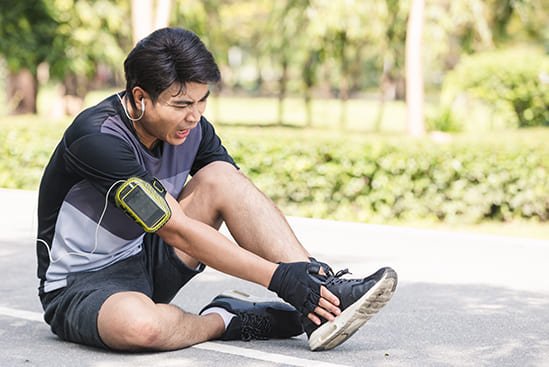
Sports Injuries
- Strength & Conditioning Programme
- Pain Management
- Biomechanical Assessment
- Sports Physiotherapy
- Shockwave Therapy
- Group Class

Work Desk Injuries

Pre-Post-Surgical Conditions

Scoliosis & Postural Abnormalities

Neurological Conditions
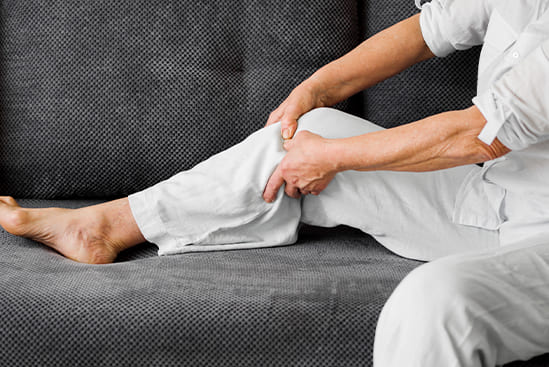
Osteoarthritis & Rheumatism
Joint degeneration and inflammation happens as the human body grows older, but that does not mean our way of life degenerates as well. Relief your joint pains with a joint effort together with your physiotherapist, who will provide pain-relief treatments and prescribe exercises for your wellbeing.

Conditions Relating To Elderly
Common conditions in the older age population include hips & knee pain, back & neck pain, osteoarthritis, rheumatism, fear of falling and many more. Aging and degeneration of bodily function is inevitable, but here at Synapse, we will help you live the best of your life.



